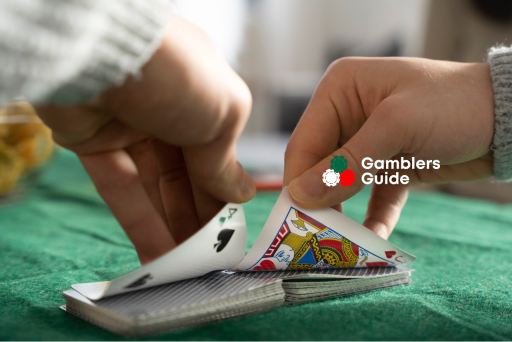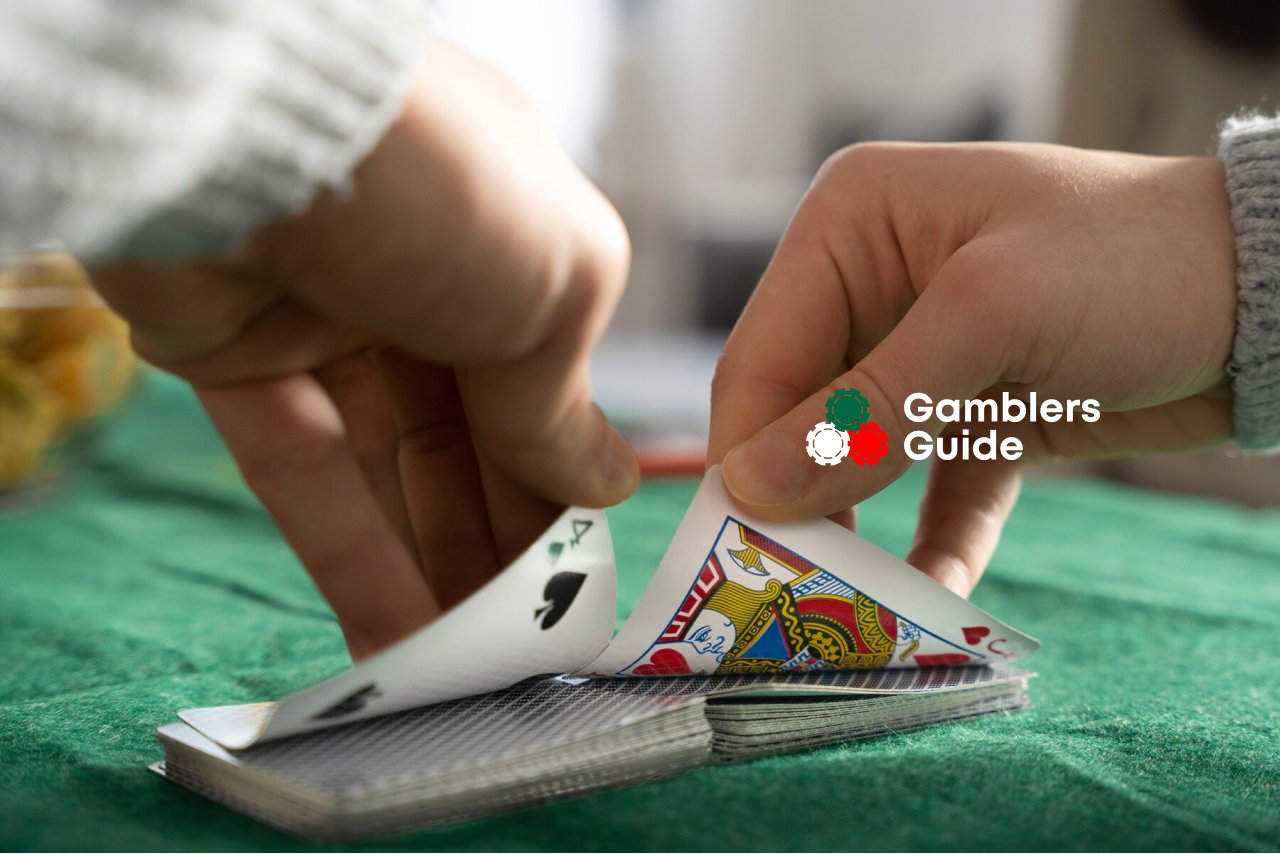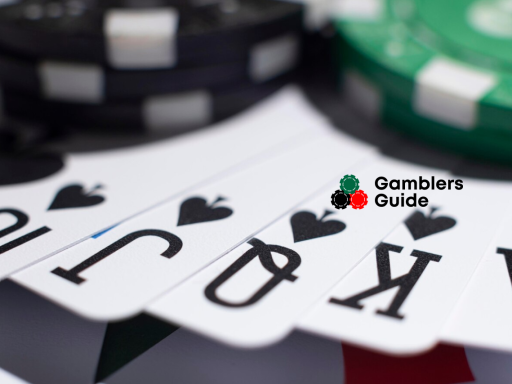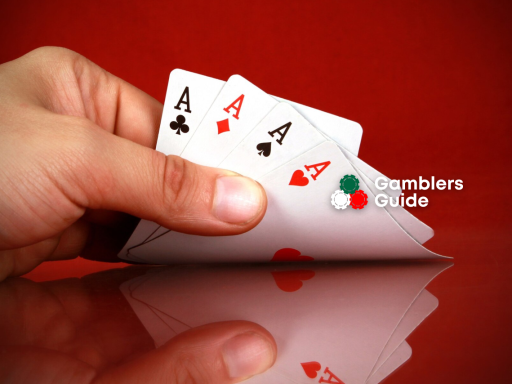Poker is one of the favorite card games worldwide, and it’s no wonder considering the dynamism, excitement, and richness of the gameplay it offers. There are several variations of this game, but the classic, played at home, with friends, and most sought after on online platforms, is Texas Hold’em. It’s even referred to as the Cadillac of Poker. The rules of poker don’t vary much from game to game, so let’s talk about all the nuances that a newcomer might need to play confidently.
How to play poker: The essence of the game
At the beginning of the game, each player receives two cards from the dealer, and the big and small blinds are formed, after which bets are accepted from players. Everyone makes them depending on how confident they are in their strategy and the combination of cards they have. The dealer places three common cards on the table face up. At this point, the first round concludes, and the second begins. The dealer again accepts bets, after which the turn (the fourth common card) is dealt. This is followed by the third round of bets, after which the dealer places the river (the fifth common card). This process concludes with the final round of betting. At this stage, players reveal their cards. The winner is the one who has the most favorable combination.
Note:
The turn and river are dealt only if at least two players haven’t folded and remain in the hand.
Betting options
The first mandatory bets are made before the start of the deal. All subsequent bets are not mandatory. A player makes all the following bets depending on how confident they are in their card combination. In this case, they don’t just add new chips to the table but have several options depending on the game situation:
- Call — a bet that matches the basic level or is raised relative to another player.
- Raise — an increase in the size of the bet in the same round.
- Fold — the process of a player exiting the hand without returning their bet. Essentially, a player sacrifices their bets to avoid losing more if the combination of cards they have seems unpromising.
- Check — a refusal to bet with the right to make a bet later in this round. Check is possible only if no one has made the first bet in the round.
- All-In — a situation where a player cannot support the bet due to a lack of chips but is willing to play with all the chips they have left.
To make a bet correctly and win, you need to evaluate not only your card combination but also carefully observe the actions of opponents. Each round of betting is not only an increase in the overall pot but also an opportunity to analyze how confident each player feels and, based on this, estimate how favorable a card combination each opponent possesses.
How to Win?
There are two ways to become the winner:
- Be the last player remaining with cards in hand.
- Win the showdown — the moment of card revelation when all rounds of betting are done, the river is dealt, and it’s time to evaluate who has the best combination.
Combinations can be formed in a few ways:
- Combining two player cards with three community cards.
- Combining one player card with four community cards.
- Playing “on the board” without revealing player cards. However, it’s essential to understand that other players may also play on the board, making the chances equal.
Regardless of how you form the combination, the ranking of these combinations is universal for any poker game.
Poker Hand Combinations:
The ranking of card combinations in the game looks like this:
- Royal Flush — a variation of the straight flush where you collect 5 cards of the same suit, ranging from 10 to Ace. The chances of a royal flush are the lowest.
- Straight Flush — having cards of the same suit with consecutive values (for example, all cards of one suit from 5 to 9).
- Four cards of the same value. The key is to collect four cards of the same value; the fifth card’s value doesn’t matter. This combination is second only to a straight flush.
- Full House — three cards of one value and two of another. For example, you collect 2 Kings and 3 Fours — that’s a full house.
- Flush — cards of any value but all belonging to the same suit, not necessarily in sequence.
- Straight — cards with consecutive values, regardless of the suit.
- Three cards of the same value.
- Two pairs of cards with the same value.
- One pair of cards with the same rank.
- High Card — only the value of the highest card is considered. The high card comes into play only if none of the remaining players at the table has a better combination.
The above ranking is the same for all poker games, so take some time to understand and memorize the basic combinations to look for in your hands.
Poker Variations
As you already know, there are several variations of poker:
- Texas Hold’em, the rules of which you’ve been introduced to above. You start the game with two cards and build your combinations accordingly.
- Omaha. The game starts with four cards, and the winning combination consists of two player cards and three community cards.
- Stud. The player receives 5-7 cards, some open, some hidden.
- Draw. The player receives 5 cards, which can be exchanged or assembled before revealing.
Main Goal of Poker
Based on the rules, it may seem that the main goal is to form the best combination. In reality, the key goal is to take the pot, and the hand becomes crucial only at the showdown stage. But until then, you can be the last remaining player by making bets and waiting for others to fold, thus bypassing even those with better card combinations. This introduces another aspect of the game — bluffing. Bluffing is a way to build your behavior during the game to elicit the reactions you need from other players. If you also have a better hand in this situation, it ensures your success.
What are Wild Cards in Poker?
Some cards in the deck can be marked as wild. It can be a card of any rank or suit, adding dynamism to the game by increasing the chances of winning, allowing for combinations with the highest ratings. Wild cards may include jokers, bugs, or twos.
Time Limits
To make the game more enjoyable and predictable and allow for the formation of a strategy, time limits are set. The dealer (or someone else at the table) may announce that there are three deals left, or the time will end after Zane’s deal. This helps understand when the game is approaching its end.
Tips for Beginners
One secret you’ve already learned: even if you don’t have a high hand, you can still contend for the pot, so don’t rush to be disappointed if the card doesn’t go your way. Here are a few more points for beginners:
- Pay attention not only to your cards but also to opponents’ cards to evaluate their positions. Other players will also bluff, so consider this to avoid succumbing to excessive pressure.
- Start the game with the simplest poker variations, especially Texas Hold’em. Move on to more complex variations only after feeling confident and understanding all the rules.
- Newcomers focus only on their cards. Professionals act strategically, considering the overall situation at the table.
- Not always the one demonstrating a more aggressive game has a higher-ranking combination. Often the opposite. Be cautious.
You don’t choose the cards you get — it’s blind luck. But you can do everything to make other players fold their cards. This is the moment you have direct control over.






